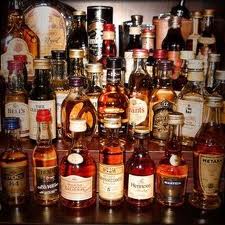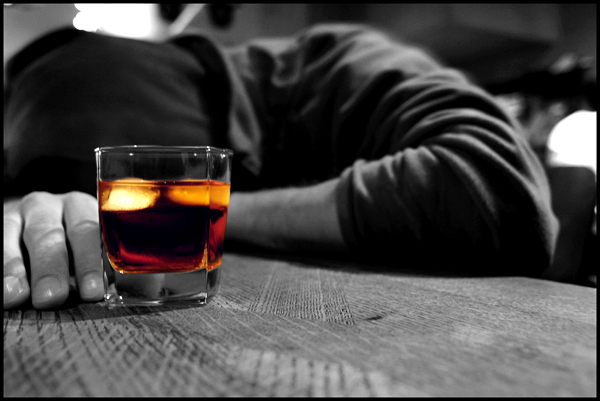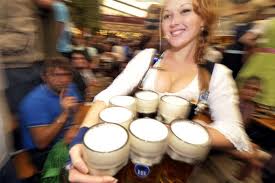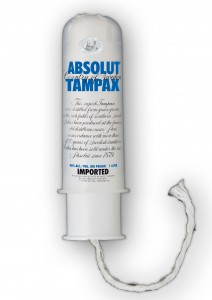The Top 5 Strongest Alcoholic Drinks
By Jenny Hunt
The strength of most alcoholic drinks is roughly the same. One shot of liquor = one beer = one glass of wine. But some alcoholic drinks stand out from the rest as far as alcohol content is concerned. Tread carefully though, these drinks are all but guaranteed to get you wickedly drunk and give you a nasty hangover. Here is a list of the top 5 strongest alcoholic drinks:
1. Everclear: Everclear takes the top spot on every list of the strongest alcoholic drinks we can find. This potent liquor is up to 95% alcohol (190 proof). It is also available in a less intoxicating form (75.5% alcohol or 151 proof) which is good because the stronger version is banned in thirteen states. Everclear is a grain alcohol manufactured by Luxco. This incredibly strong liquor can be used as an antiseptic, as a fuel in camping stoves, and as a cleaner.
2. Devil Springs Vodka: Typical vodka contains between 38 – 50% alcohol by volume (76 – 100 proof). Devil Springs Vodka contains a whopping 80% alcohol by volume (160 proof). While most vodka’s aren’t strong enough to extract much flavor and aroma, Devil Springs is perfect for creating your own flavored vodkas. It can be steeped with a number of herbs or fruits to create a unique blend. Drinkers are cautioned to always dilute Devil Springs Vodka before consuming it.
3. Absinthe: No list of the strongest alcoholic drinks would be complete without the inclusion of Absinthe, maybe the most notorious alcoholic beverage of all time. Absinthe originated in Switzerland and was a popular drink among French artists in the 19th century. Known as the Green Fairy, Absinthe is rumored to have hallucinogenic properties. The psychedelic properties are attributed to the trace amounts of thujone, a chemical in Absinthe that is derived from wormwood, and are likely much exaggerated. Up until 2007, Absinthe was banned in the US. It is available now, but the US versions are thujone free. Though the US version may be hallucinogenic-free, it is still a very strong drink. Absinthe contains 45-74% alcohol by volume (90 – 148 proof). Absinthe is usually diluted with water before being served over sugar cubes.
4. Bacardi 151: Most rum contains 35-40% alcohol by volume on average. Bacardi 151 contains 75.5% alcohol by volume. The liquid is flammable and is often used when creating flaming cocktails (like Flaming Dr. Peppers). Not surprisingly, Bacardi is the only manufacturer of strong rums to employ a flame arresting cap on every bottle. Definitely one of the strongest alcoholic drinks on the market!
5. Sierra Silver Tequila: Tequila is a liquor made from the blue agave plant, primarily found near the city of Tequila in Mexico. Many people believe that some tequila bottles contain worms that, when eaten, will produce a psychedelic or aphrodisiac effect. There is a worm – called a gusano, or a butterfly caterpillar – in some types of mescal, a different kind of Mexican liquor. However, there seems to be no truth in the claim that the worm has any psychoactive properties. Tequila is most often made at 38-40 alcohol by volume. At 75% alcohol by volume (150 proof) Sierra Silver Tequila is by far the strongest tequila available for sale in the US. Only 1/2% less alcohol by volume than Bacardi 151, it comes in at number 5 on our top 5 strongest alcoholic drinks list.





